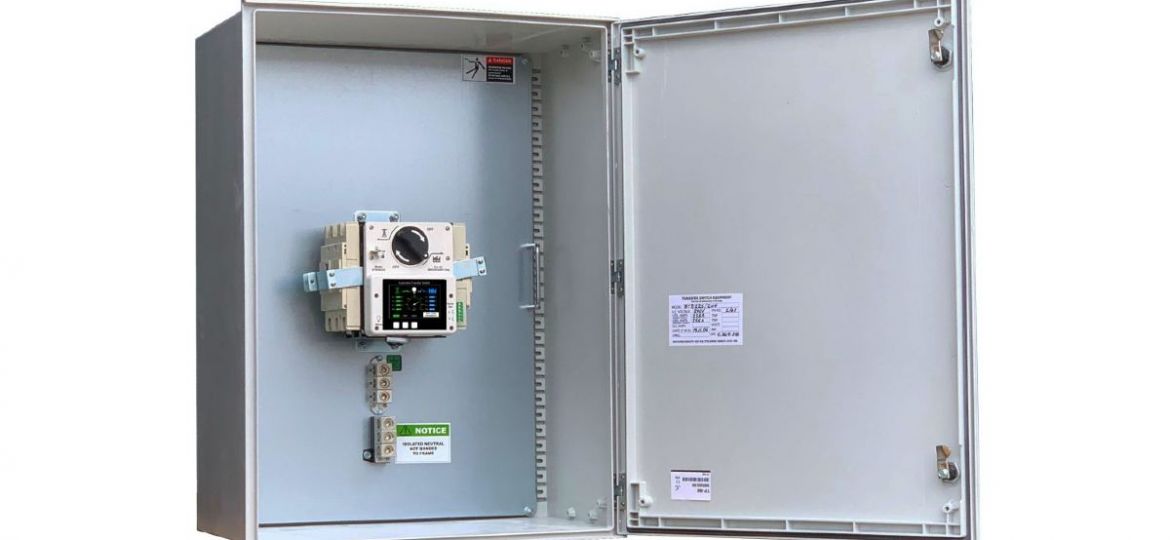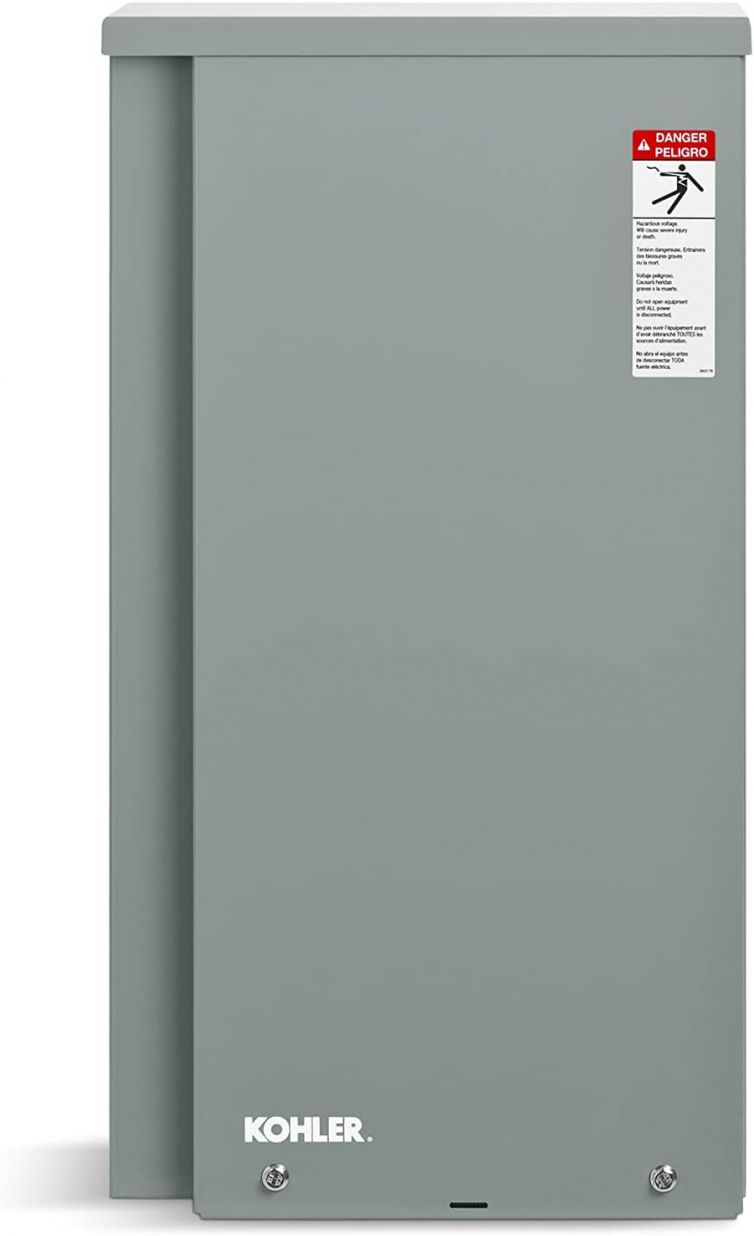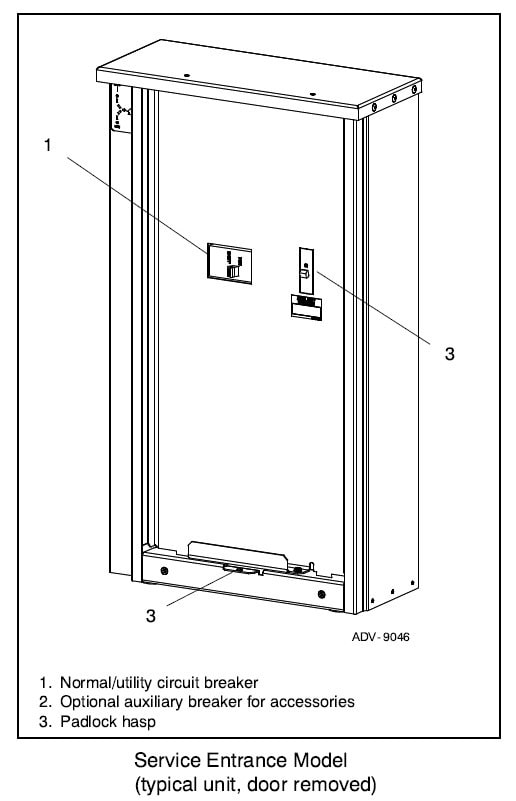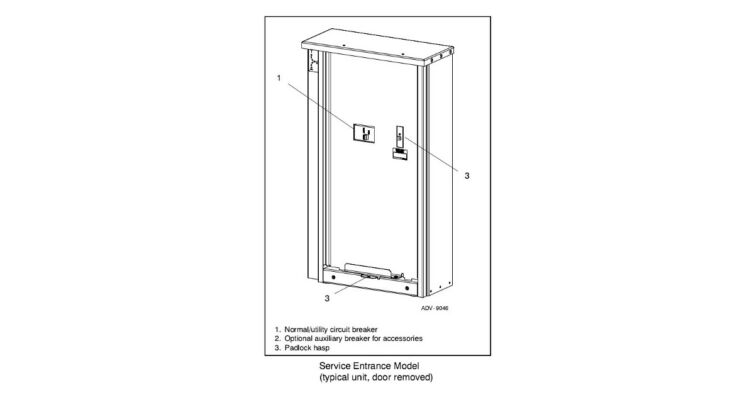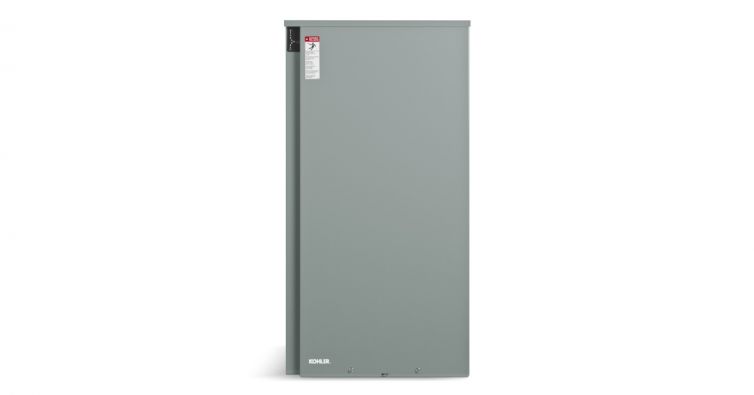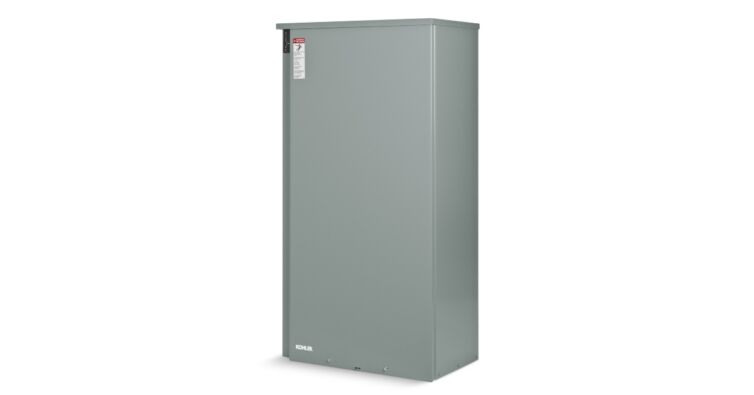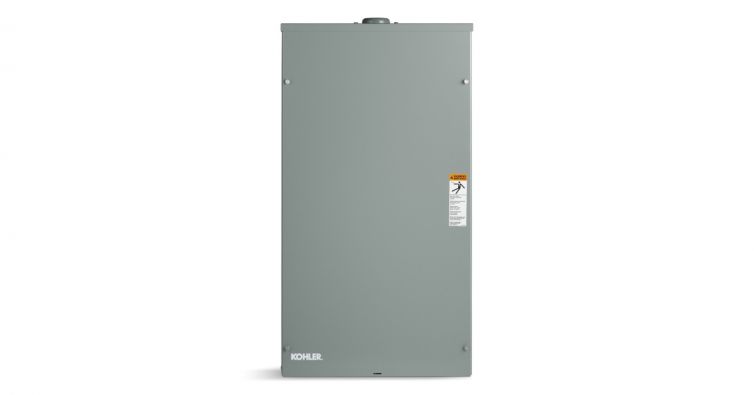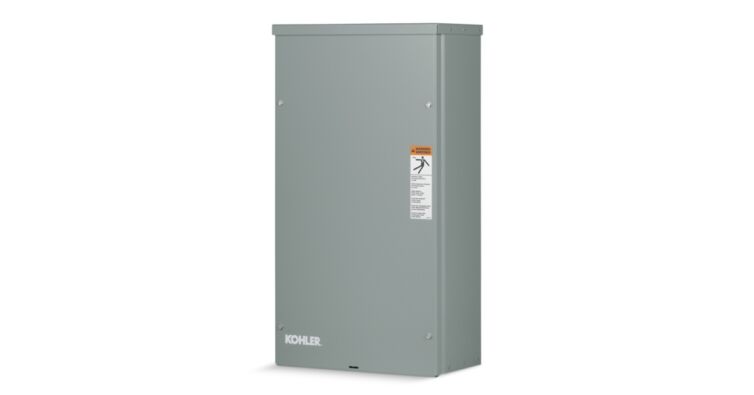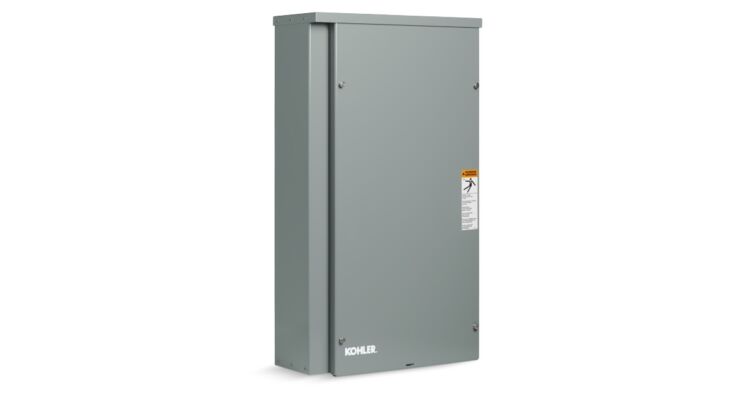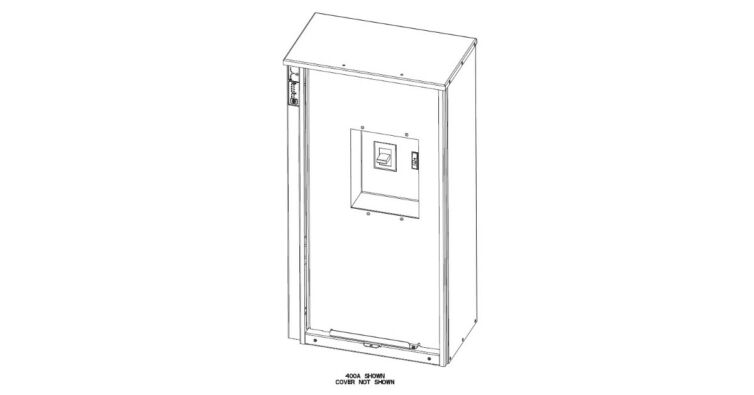This article aims to provide a comprehensive understanding of the fundamentals of automatic transfer switches (ATS), exploring their history, types, key components, working principle, benefits, applications, safety measures, and future prospects.
An automatic transfer switch (ATS) is a vital component in electrical systems that allows for the seamless transition of power sources during an outage or an interruption in the primary power supply. It is designed to swiftly and automatically transfer the load from the main power source to a backup generator or an alternate power source, ensuring uninterrupted electricity supply to critical systems and equipment.
In today’s world, where power outages are not uncommon, automatic transfer switches play a crucial role in maintaining the continuity of power supply. They provide a reliable and efficient solution by minimizing downtime and preventing potential damage or loss resulting from an abrupt power loss. Automatic transfer switches have become indispensable in various industries, including healthcare, data centers, and emergency response systems and in your house too.
History of Automatic Transfer Switches
Before the advent of automatic transfer switches, manual transfer switches were commonly used. These switches required a person to physically switch the power source from the main supply to a backup generator during a power outage. While effective in providing a temporary solution, manual transfer switches had limitations and challenges that became evident as electrical systems became more complex and the need for reliable backup power increased.
Manual transfer switches relied heavily on human intervention and were prone to human error, including delays in switching power sources or forgetting to switch them altogether. This could result in extended periods of downtime and the potential loss of critical systems or equipment. Moreover, manual transfer switches could also pose safety risks, especially if not operated correctly by trained individuals.
With the increasing demand for uninterrupted power supply, the need for a more efficient and reliable solution became apparent. This led to the development of automatic transfer switches, which aimed to automate the process of switching between power sources seamlessly. The goal was to eliminate human error, reduce downtime, and ensure a smooth transition of power without interruption.
The first-generation automatic transfer switches emerged in the mid-20th century in response to the need for a more advanced solution for power transfer. These early models were designed to automatically transfer the load from the main power source to a backup generator in the event of an outage. They over the switching process. Microprocessors enabled more complex algorithms and programming, leading to improved reliability and faster response times.
With microprocessor-based controls, automatic transfer switches became more versatile and adaptable to the needs of different electrical systems. These advanced models offered increased functionality, such as the ability to prioritize specific loads, adjust transfer settings, and provide detailed diagnostic information. The integration of advanced sensors and feedback systems also enhanced the reliability of automatic transfer switches by continuously monitoring power quality and detecting any abnormalities.
The last innovations in ATS technology have allowed for smoother and faster power transfers, maximizing efficiency and reliability. Modern automatic transfer switches incorporate advanced sensors and monitoring systems to provide real-time data on power availability, load capacities, and other critical parameters. These sensors can detect abnormalities in voltage, frequency, and phase, allowing for proactive measures to be taken before a potential failure occurs. The monitoring systems provide valuable insights into power usage patterns, allowing for optimized load management and efficient utilization of power resources.
Automatic transfer switches have evolved to integrate seamlessly with smart automation systems. This integration allows owners to remotely monitor and control their backup power systems, ensuring uninterrupted power supply to essential appliances and devices during an outage. With the ability to program specific power priorities and customize settings, owners can have peace of mind knowing that critical systems, such as security systems and refrigeration units and motors, receive power first.
One of the significant advancements in automatic transfer switches is the ability to remotely monitor and control the system. Through the use of mobile apps or web interfaces, users can access real-time data on the status of the transfer switch, including power source availability, load information, and any alerts or notifications. This remote accessibility allows for quick troubleshooting, proactive maintenance, and the ability to remotely switch power sources if necessary.
Modern automatic transfer switches offer advanced load management features, allowing for optimized distribution of power during an outage. These switches can prioritize critical loads, such as medical equipment or emergency lighting, while temporarily shedding non-essential loads to ensure a smooth operation. The load management capabilities also provide insight into load demands and power consumption patterns, enabling users to make informed decisions regarding energy efficiency and load balancing.
Working Principle of Automatic Transfer Switches
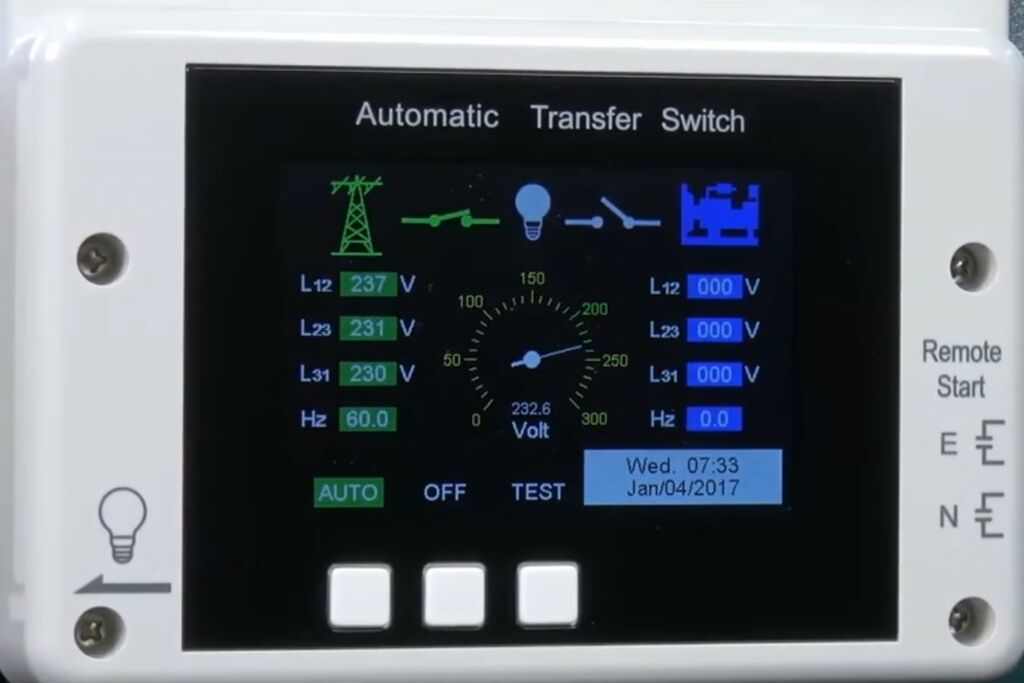
In normal power supply mode, the ATS continuously monitors the utility mains. In the event of a power failure, the sensing devices detect the loss of power and activate the transfer switch. Depending on the type of ATS, the switch either breaks the connection with the utility mains before connecting to the alternate power source (Break-Before-Make), or establishes a connection with the alternate power source before disconnecting from the utility mains (Make-Before-Break). Once the alternate power source stabilizes, the ATS restores the power supply to the electrical loads, ensuring uninterrupted operation.
Key Components of an Automatic Transfer Switch
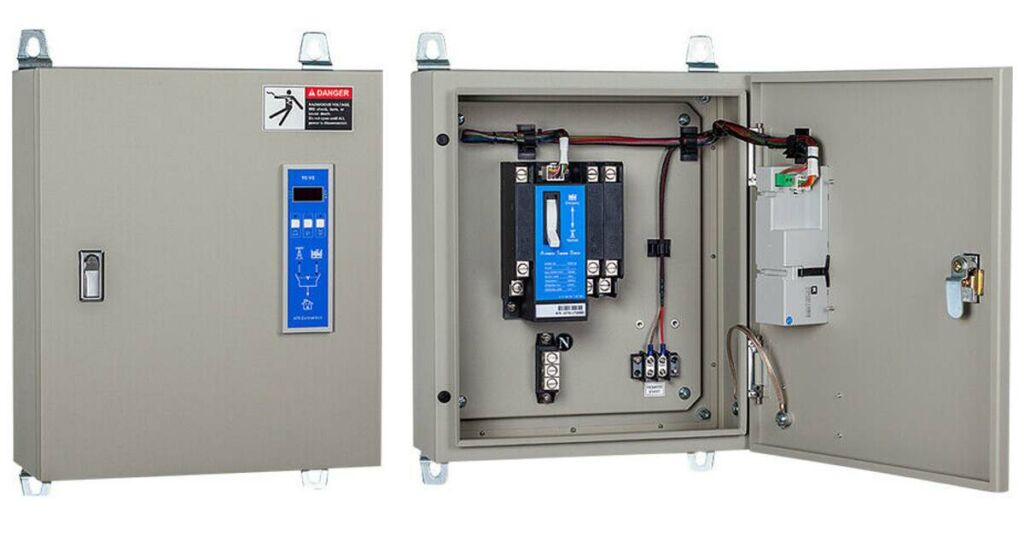
An ATS consists of several essential components that enable seamless power transfer.
- The transfer switch mechanism: Is the core component, responsible for physically connecting or disconnecting the power sources.
- Automatic source sensing devices: Such as relays or sensors, detect power failures and initiate the transfer process. Modern automatic transfer switches incorporate advanced sensors and monitoring systems to provide real-time data on power availability, load capacities, and other critical parameters. These sensors can detect abnormalities in voltage, frequency, and phase, allowing for proactive measures to be taken before a potential failure occurs. The monitoring systems provide valuable insights into power usage patterns, allowing for optimized load management and efficient utilization of power resources.
- Control circuitry and monitoring systems: Ensure smooth operation and provide real-time information about the status of power sources. With microprocessor-based controls, automatic transfer switches became more versatile and adaptable to the needs of different electrical systems. These advanced models offered increased functionality, such as the ability to prioritize specific loads, adjust transfer settings, and provide detailed diagnostic information.
- Power distribution connections: Allow for the distribution of power to various electrical loads.
Types of Automatic Transfer Switches
ATS can be categorized into different types based on their operation and switching mechanisms.
The two common types are “Break-Before-Make” and “Make-Before-Break” ATS. The former ensures that the source of power supply is disconnected before connecting to the alternate source, while the latter establishes a connection with the alternate source before disconnecting from the current source.
Additionally, ATS can be further classified as open transition and closed transition, depending on the transfer time and the brief interruption in the power supply during the switching process.
Moreover, there are automatic, and programmed mode ATS, offering different levels of control and flexibility.
Benefits and Applications of Automatic Transfer Switches
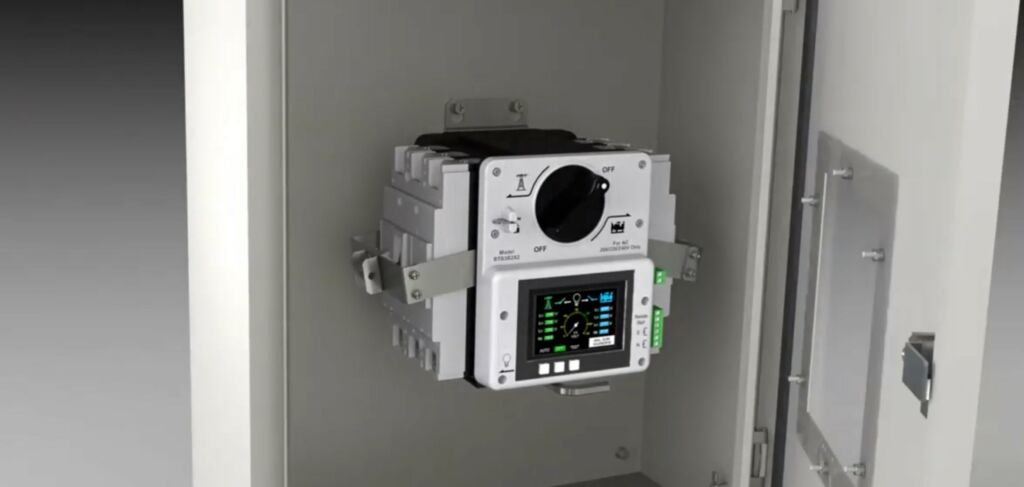
ATS offer numerous benefits across various applications and industries.
In critical systems, such as hospitals, data centers, and manufacturing facilities, uninterrupted power supply is crucial to avoid financial losses, equipment damage, and potential hazards. ATS ensures a smooth and automatic transition to backup power sources, minimizing downtime and ensuring the continuous operation of critical systems.
In healthcare facilities, a reliable and uninterrupted power supply is crucial for patient care and safety. Automatic transfer switches play a vital role in hospitals, clinics, and other medical facilities by seamlessly transferring power from the main grid to backup generators during an outage. This ensures that critical medical equipment, life support systems, and lighting remain operational, reducing the risk of injury or loss of life.
Data centers and IT infrastructure heavily rely on continuous and stable power supplies to maintain the integrity and accessibility of data. Automatic transfer switches are essential in these environments to ensure that servers, networking equipment, and storage systems remain powered during power disruptions. By automatically transferring the load to backup power sources, these switches prevent costly downtime, data corruption, and potential financial losses.
Emergency response systems, such as fire stations, police stations, and emergency operation centers, require uninterrupted power to effectively respond to emergencies and disasters. Automatic transfer switches provide a seamless transition from the main power grid to backup generators, ensuring that emergency services can function without interruption. These switches contribute to the preparedness and readiness of emergency response systems, allowing them to operate efficiently during critical situations.
In residential applications, ATS provides convenience by automatically switching to backup power during outages, allowing homeowners to maintain essential functions like lighting, refrigeration, and heating.
Additionally, ATS protects electrical equipment from voltage fluctuations, safeguarding them against potential damage or premature failure.
Safety Measures and Standards for ATS Installation
When installing an ATS, proper grounding and adherence to electrical safety protocols are of utmost importance. Compliance with the National Electrical Code (NEC) guidelines ensures that the installation meets safety standards. Regular maintenance and testing of ATS are crucial to identify and address any potential faults or issues, ensuring the reliability of the system.
Despite their numerous benefits, ATS may encounter certain challenges. Faulty sensing devices or misaligned voltage thresholds can result in improper detection of power failures or delays in the transfer process. Inadequate generator synchronization can impact the seamless switching between power sources, causing disruptions in power supply. Malfunctioning control circuitry may lead to incorrect or erratic operation of the ATS. Troubleshooting these issues often involves thorough inspection, testing, and maintenance of the ATS components to ensure optimal performance.
The Future of Automatic Transfer Switches
As technology continues to advance, ATS is expected to evolve further. Integration with smart home technology holds great potential, allowing for advanced monitoring and control of the power transfer process. The development of more efficient and faster switching mechanisms can enhance the reliability and performance of ATS. Furthermore, as renewable energy sources gain prominence, ATS can play a crucial role in integrating and utilizing these sources effectively, contributing to a greener and more sustainable power system.
SKU: RXT-JFNC-0100A-QS7
SKU: RDT-CFNC-0200A-QS7
Automatic Transfer Switches (ATS) are fundamental components in power transfer systems, ensuring uninterrupted power supply during outages or faults. By seamlessly switching between utility mains and alternative power sources, ATS saves time, minimizes disruptions, and safeguards critical systems and electrical equipment. Through advancements in technology and adherence to safety standards, ATS has become more efficient, reliable, and adaptable to various applications. As the demand for continuous power supply continues to grow, ATS will continue to play a crucial role in maintaining reliability and efficiency in power systems.
As we look to the future, ATS integration with smart home technology and further advancements in switching speed and efficiency hold exciting prospects for the power industry. By embracing these innovations, we can create a more reliable, sustainable, and resilient power infrastructure for the future.
Don’t hesitate to reach out for any further information or assistance regarding automatic transfer switches. Contact us at the phone number +1.954.657.7777, or write to us at info@bnhgenerators.com, and we will gladly help you.


